25 Shocking Vampire Facts & Trivia That Will Haunt You | FactsLook
The Original Vampire Was a Medical 'Solution'
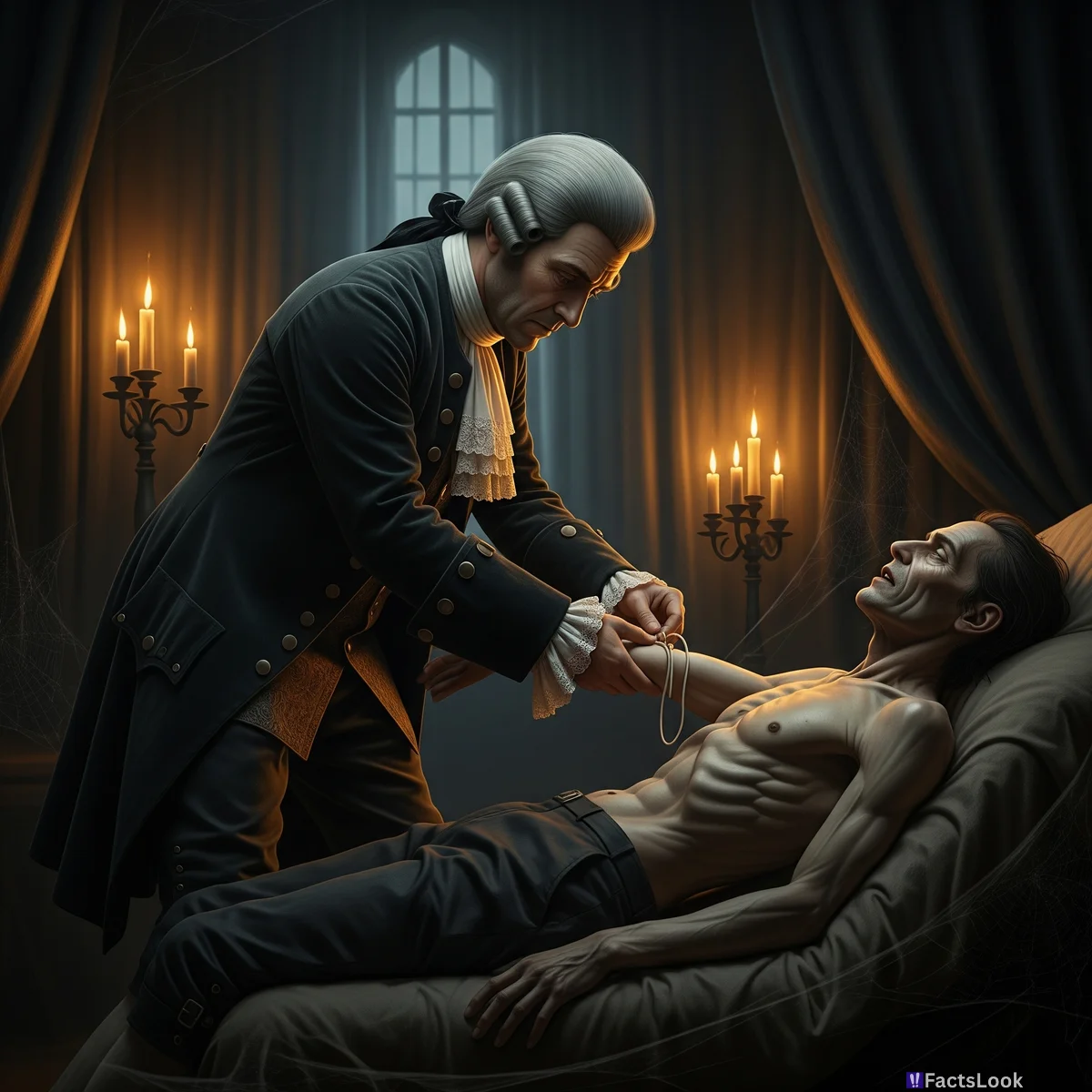
Before romanticized portrayals, the earliest 'vampire' descriptions stemmed from attempts to explain epidemics. In 18th-century Europe, doctors believed 'vampirism' was a disease causing consumption and wasting away, and even attempted cures like bloodletting – ironically mirroring vampire traits! This illustrates how fear and misunderstood science birthed the legend.
Vampire Bats Aren't the Source of the Myth
Despite the association, vampire bat descriptions didn't enter European folklore until *after* vampire legends already existed. The myth predates the European contact with the Americas! While their feeding habits contributed to the image, the core legends arose from different sources – disease, burial practices, and cultural anxieties.
Garlic’s Protection: A Slovenian Twist
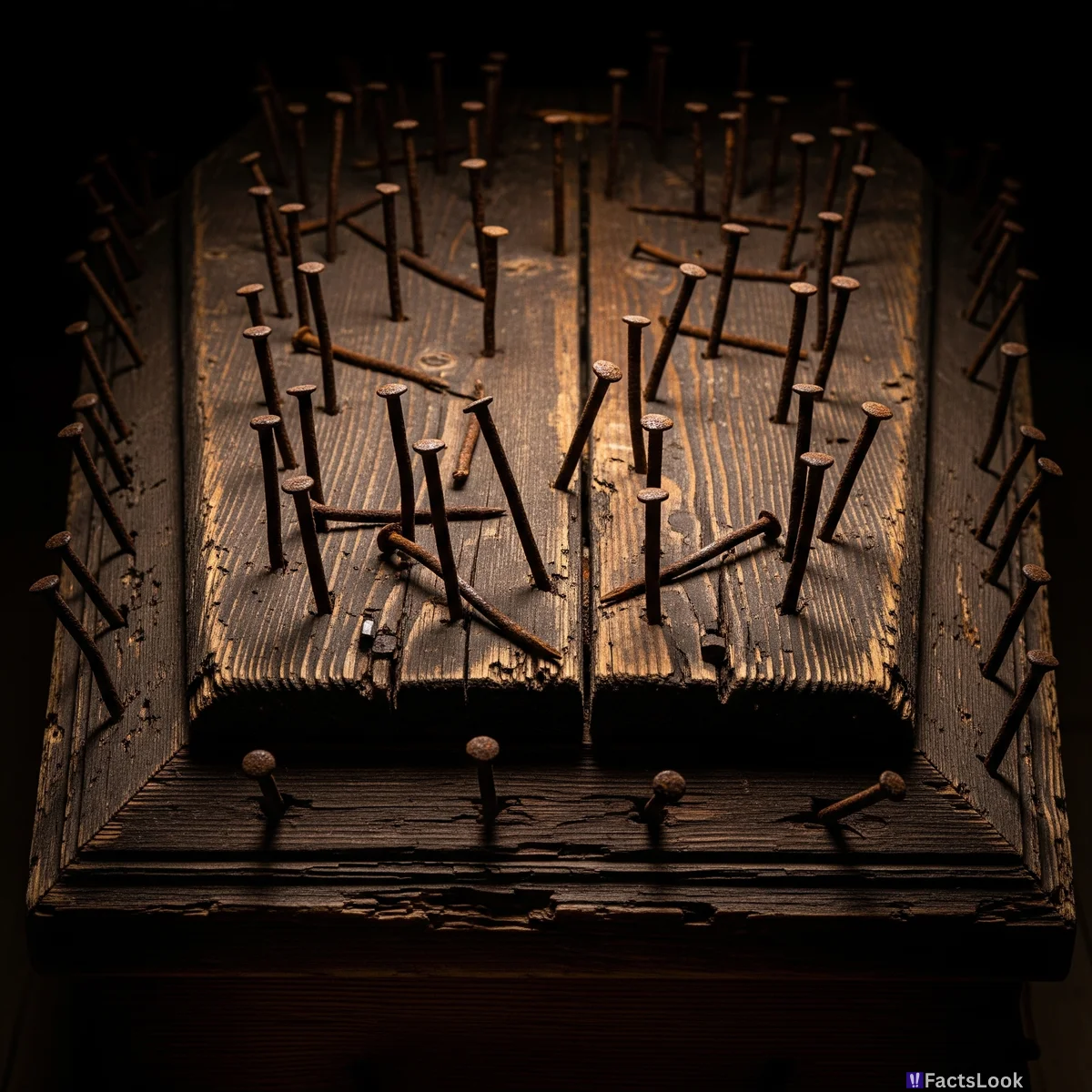
The use of garlic to ward off vampires isn't universal. In some Slovenian traditions, it's *nails* hammered into coffins, not garlic, that prevents vampiric resurrection! This practice demonstrates how localized beliefs shaped the folklore. Garlic became prominent through broader European influence, notably Romanian stories.
Vampires and Mirrors: A Reflection of the Soul?
The inability of vampires to cast a reflection is a relatively modern addition, popularized by the 19th century. Earlier folklore focused on vampires lacking shadows. The lack of a reflection symbolized the absence of a soul, a moral failing, or a disconnection from the living world – reflecting philosophical concerns.
Crosses as Protection: Beyond Christianity
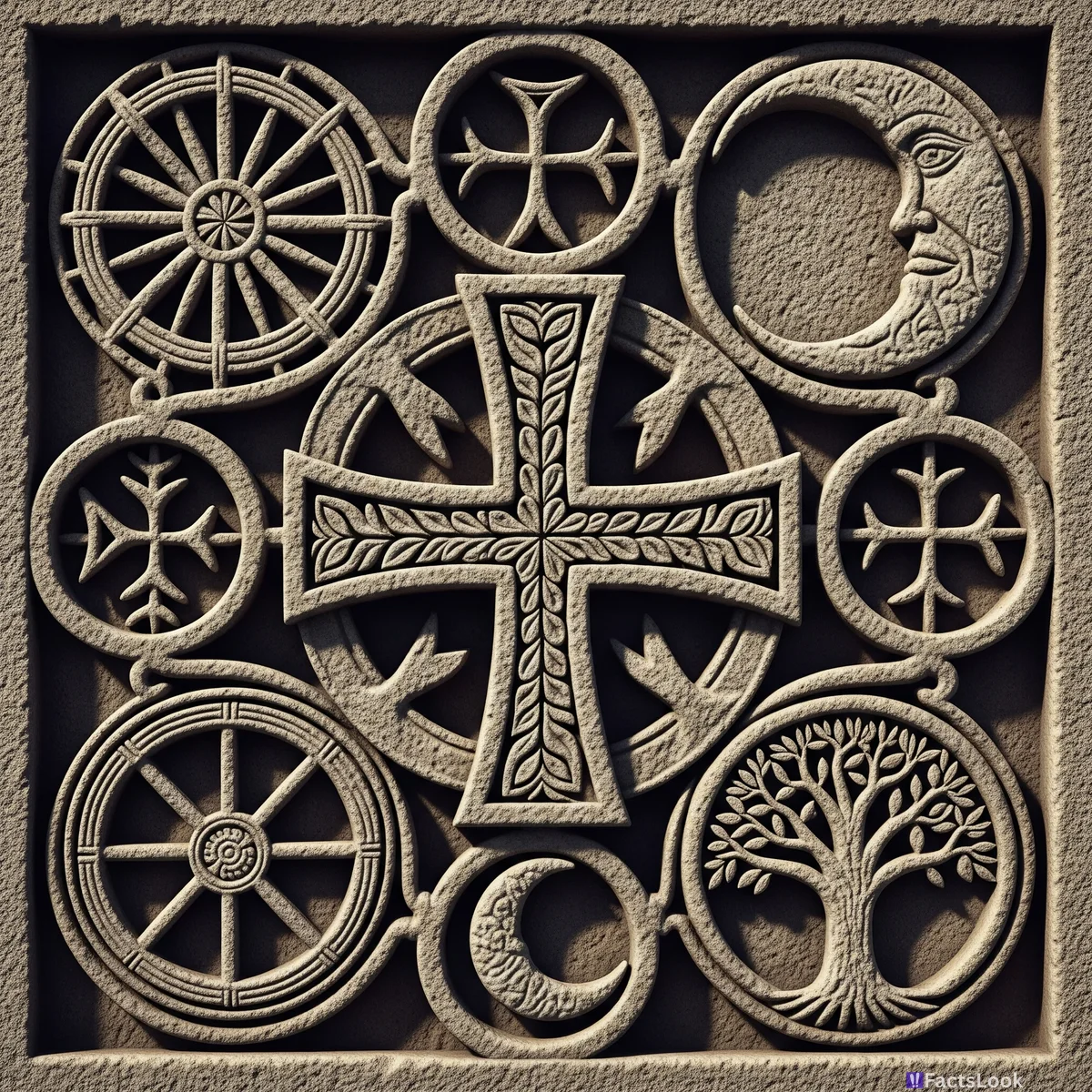
While associated with Christianity, the protective power of the cross predates its Christian use. Ancient cultures used symbols of power and belief to ward off evil spirits. The cross, as a symbol of faith and divine authority, eventually became a key defense against vampires in Christianized regions.
The 'Nosferatu' Effect: Real-Life Panic
The 1922 film *Nosferatu* caused actual panic in some areas. Reports surfaced of people believing they were becoming vampires after seeing the film! This showcases the powerful cultural impact even fictional depictions can have, and the enduring strength of the vampire mythos.
True Porphyria: A Misunderstood 'Vampire Disease'

Porphyria, a genetic blood disorder, was once incorrectly linked to vampirism. Symptoms like photosensitivity, anemia, and reddish urine were misconstrued as vampiric traits. While not a true cause of vampirism, it highlights how medical mysteries fuelled the legend. [Source: National Porpyria Association - https://www.porphyria-foundation.org/]
Vampire Hunters Were Often Grave Robbers
In Eastern Europe, 'vampire hunters' were frequently accused of desecrating graves and profiting from the fear surrounding vampirism. They would exhume bodies, perform rituals, and then demand payment for their services. It was a lucrative business built on superstition.
Sunlight Sensitivity: A Relatively Late Addition
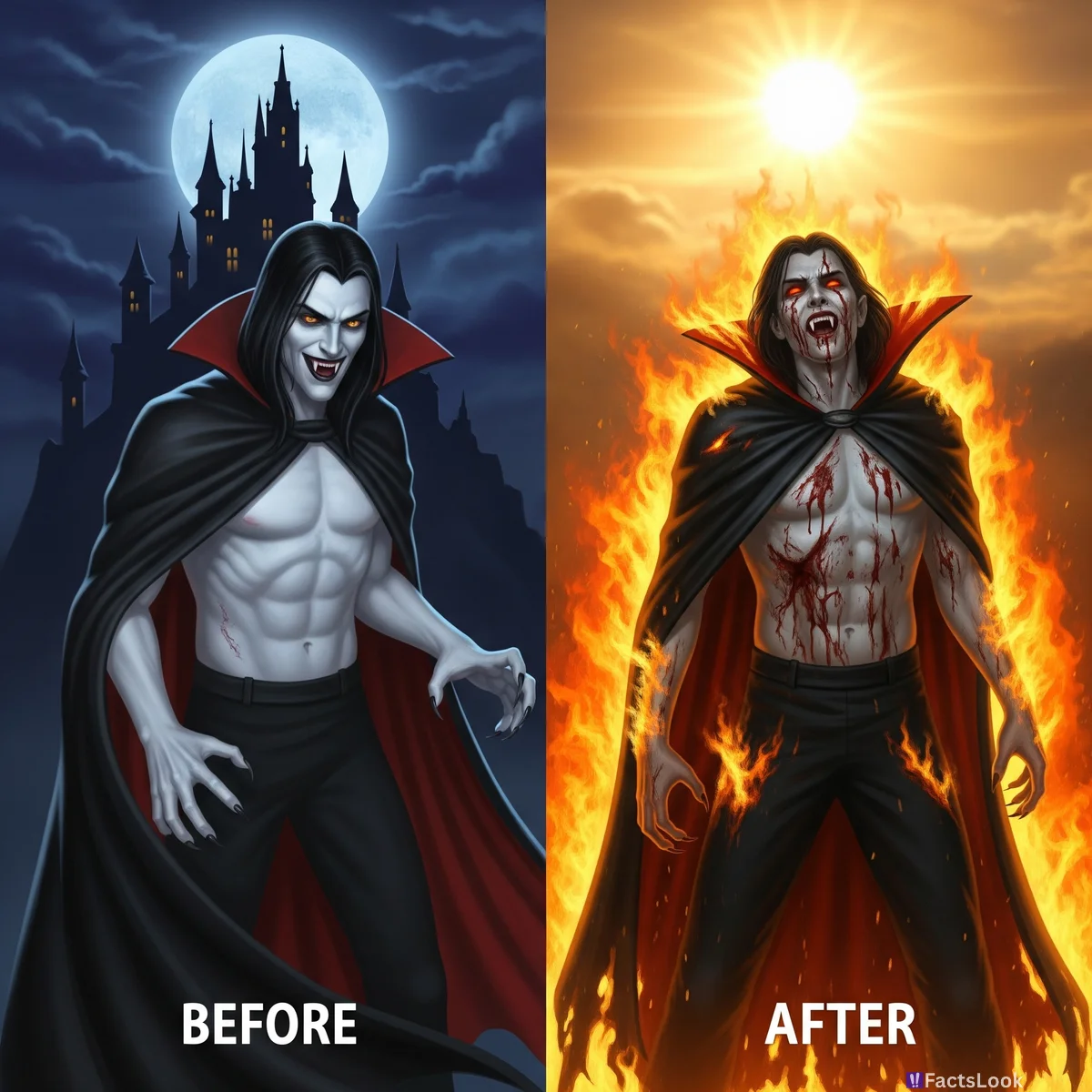
The idea that sunlight harms vampires isn't present in the earliest folklore. It's a relatively modern concept, popularized by 19th-century literature like *Carmilla*. Before this, vampires were more active at night due to the association with death and darkness, not because of physical vulnerability.
Women as Vampires: Challenging Gender Roles
The portrayal of female vampires like the *strigoi* in Romanian folklore often allowed exploration of female sexuality and agency. These vampires were sometimes depicted as alluring and dangerous, subverting traditional gender roles of the time. [Source: JSTOR - https://www.jstor.org/]
The Vlad the Impaler Connection: Fact vs. Fiction
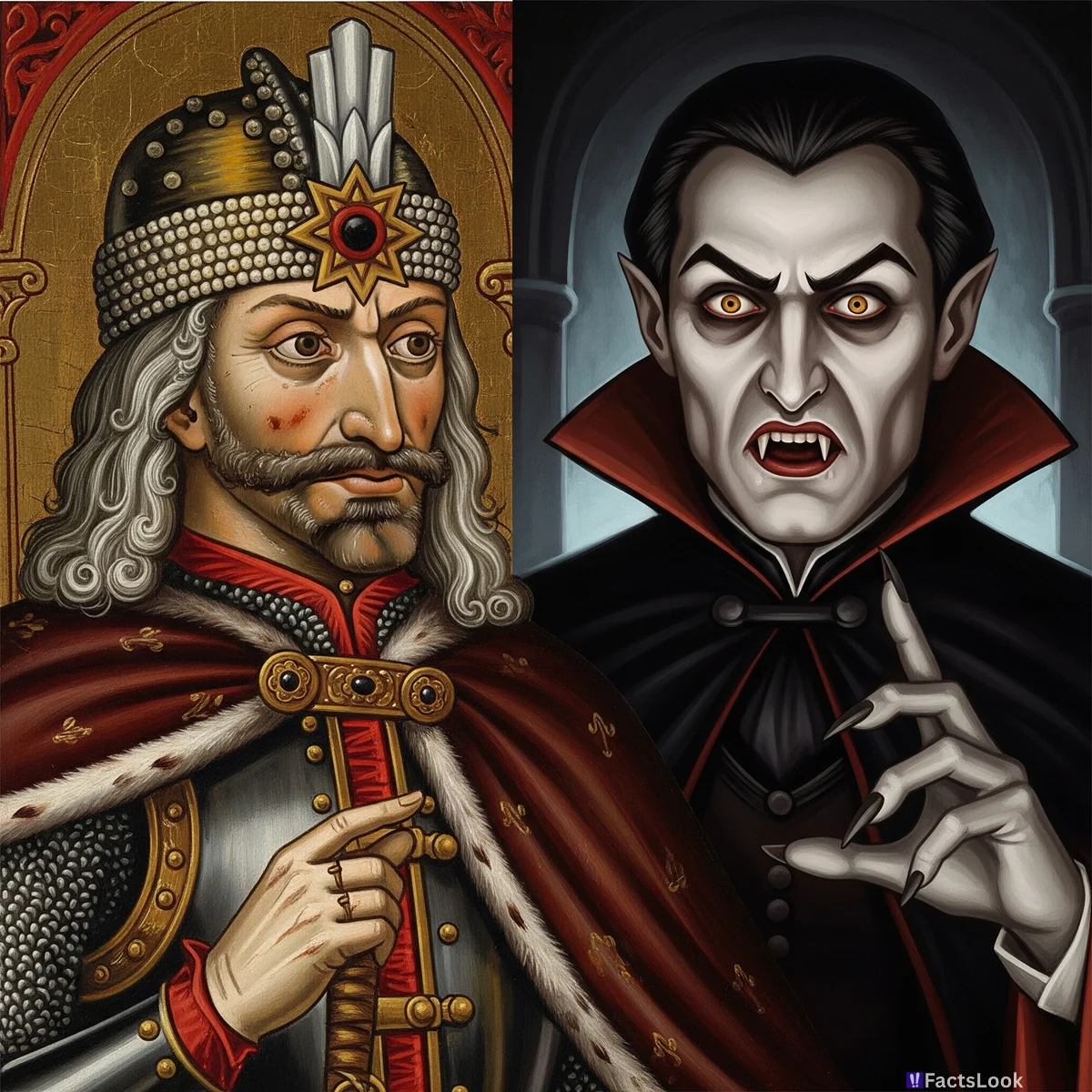
Vlad III, Prince of Wallachia (Vlad the Impaler), inspired Bram Stoker’s Dracula, but the connection is often exaggerated. While he was a brutal ruler known for impaling his enemies, he wasn’t a vampire. Stoker primarily used his name and historical context as starting points for his fictional character.
Stake Through the Heart: Symbolism of Containment
The act of staking a vampire through the heart wasn't meant to kill, but to *pin* the spirit to the body, preventing it from rising. It symbolized containment and control over a dangerous, restless spirit. The heart was considered the seat of the soul, and therefore the core of the vampire’s power.
Vampire Animals: More Than Just Bats
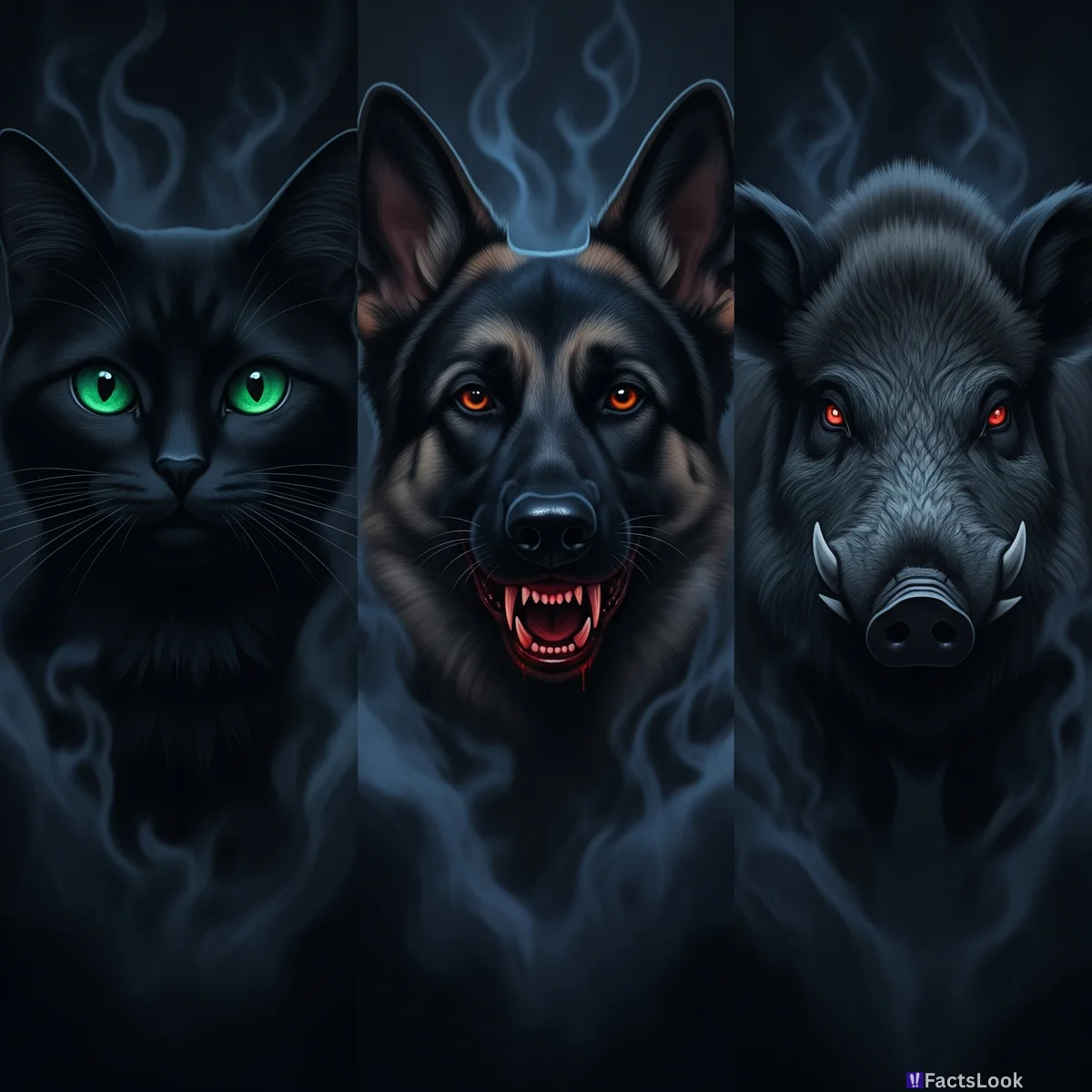
Belief in animal vampires existed! Throughout Europe, people believed certain animals – like cats, dogs, and even pigs – could be 'vampires' that drained the life force of humans or livestock. These creatures were often seen as familiars of witches or associated with dark magic.
Reflecting Water: Another Early Defense
Before mirrors, still water was used to detect vampires. If a suspected vampire didn't cast a reflection, it was considered proof of their undead nature. This practice demonstrates the evolving ways people attempted to identify and defend against these beings.
Eastern European Burial Practices Influenced Vampire Lore
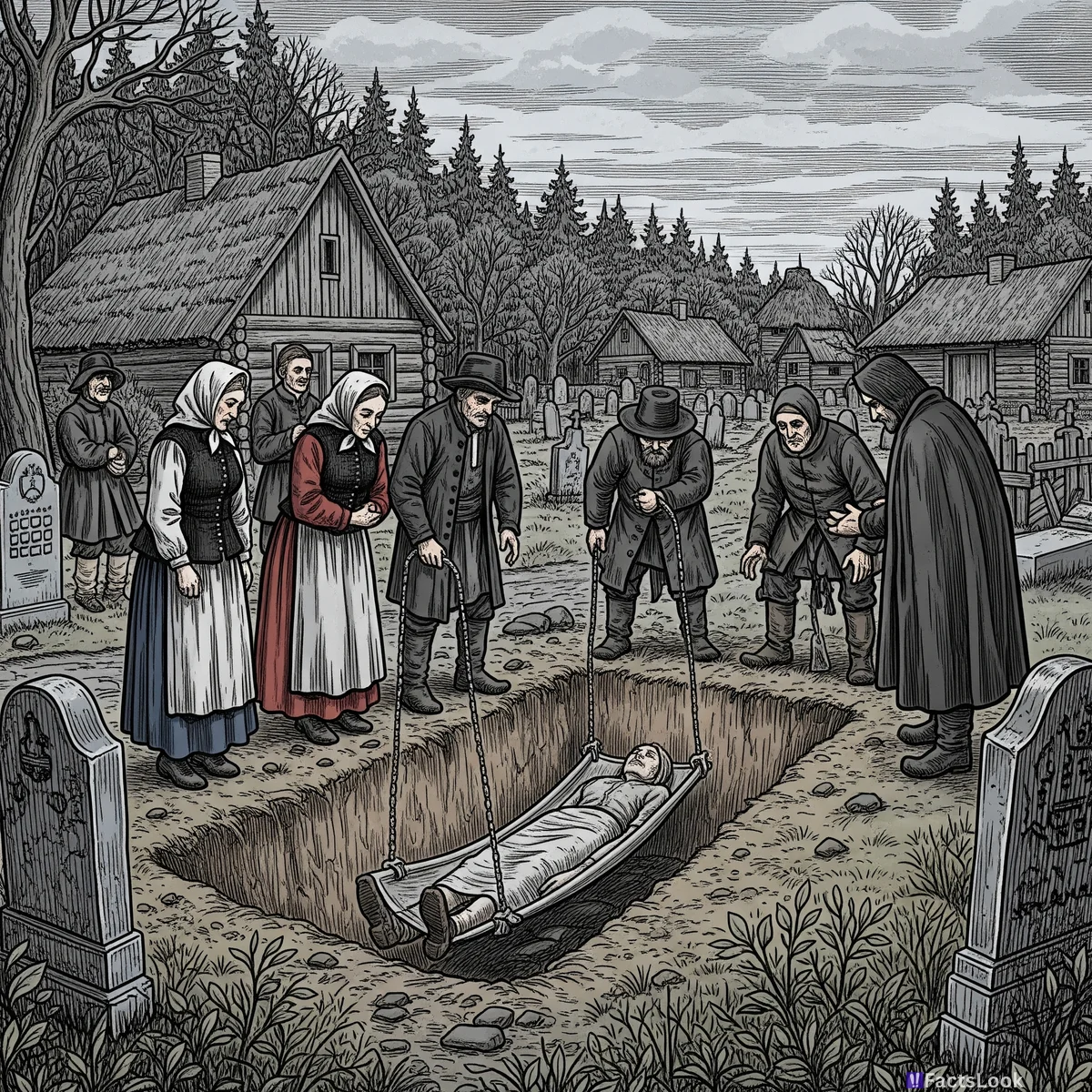
Specific burial practices in Eastern Europe—such as burying corpses face down or placing objects in the mouth—were intended to prevent the deceased from rising as vampires. These practices stemmed from a belief that the body needed to remain 'at rest' and unable to feed.
The Romanian *Strigoi*: A Complex Figure
The Romanian *strigoi* isn't a simple 'blood-sucker.' It's a troubled spirit – sometimes a person who died an unnatural death, sometimes a sorcerer, or someone born with a caul over their head – capable of causing illness, nightmares, and misfortune.
Vampire Lore & Social Anxiety
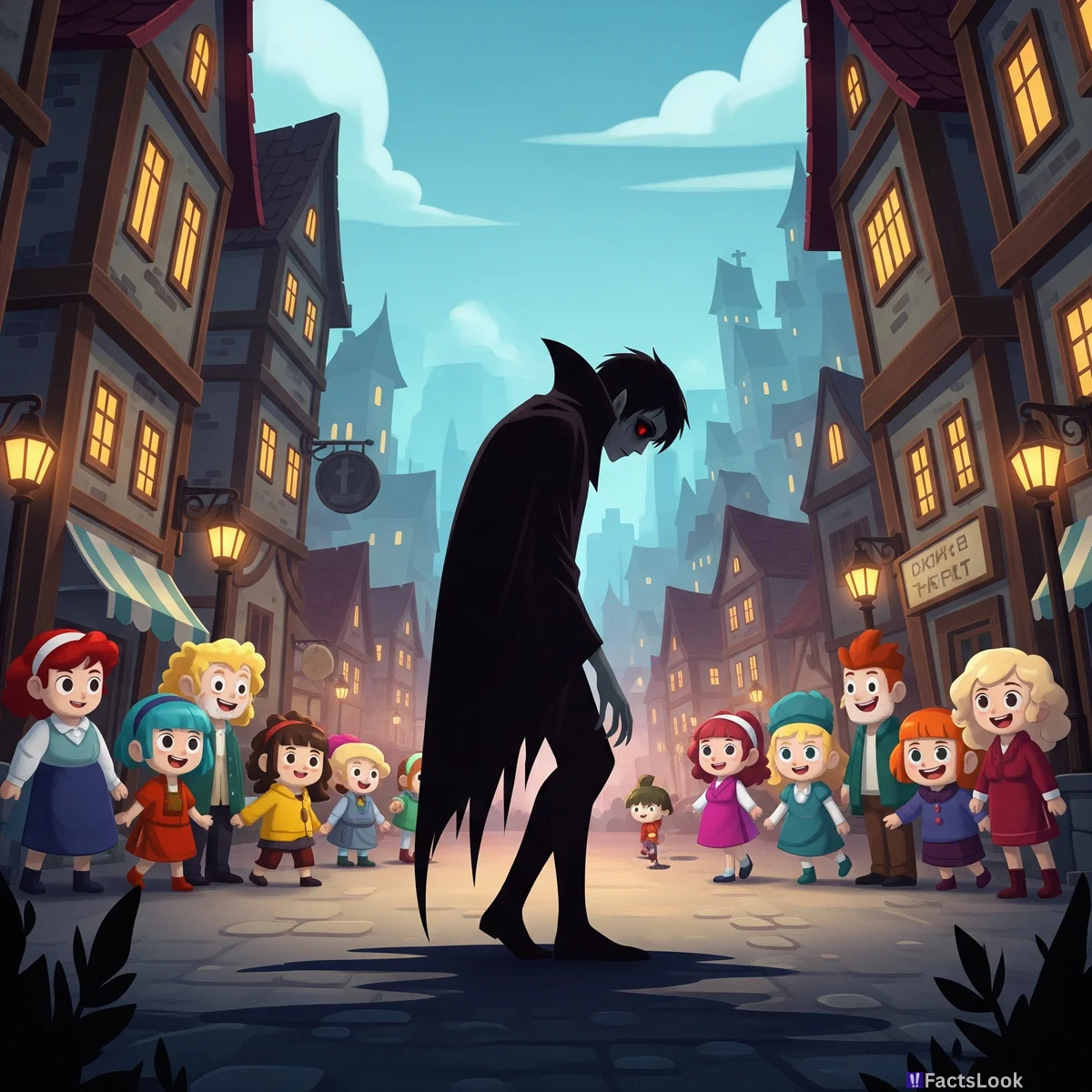
Vampire beliefs often mirrored societal anxieties about disease, death, and social outcasts. Vampires sometimes represented those excluded from society - foreigners, the poor and sick - whose otherness inspired fear and distrust.
Holy Water: More Than Just a Blessing
Holy water wasn’t necessarily believed to *harm* vampires, but to repel or purify. Its power came from its symbolic representation of divine protection and the sanctity of the church. It acted as a boundary, warding off the unholy.
Vampire Hierarchies: A Supernatural Society

Some folklore features complex hierarchies among vampires - a 'master vampire' controlling lesser beings. This concept predates modern vampire fiction and suggests a belief in an organized, supernatural power structure mirroring human societal hierarchies.
The 'Living Vampire': Modern Interpretations
The concept of a 'living vampire' – a person who drinks blood for sustenance, often due to a medical condition (like porphyria) but also as a lifestyle choice – emerged in the 20th and 21st centuries. This is a far cry from the traditional undead creature.
Comments
Loading comments...